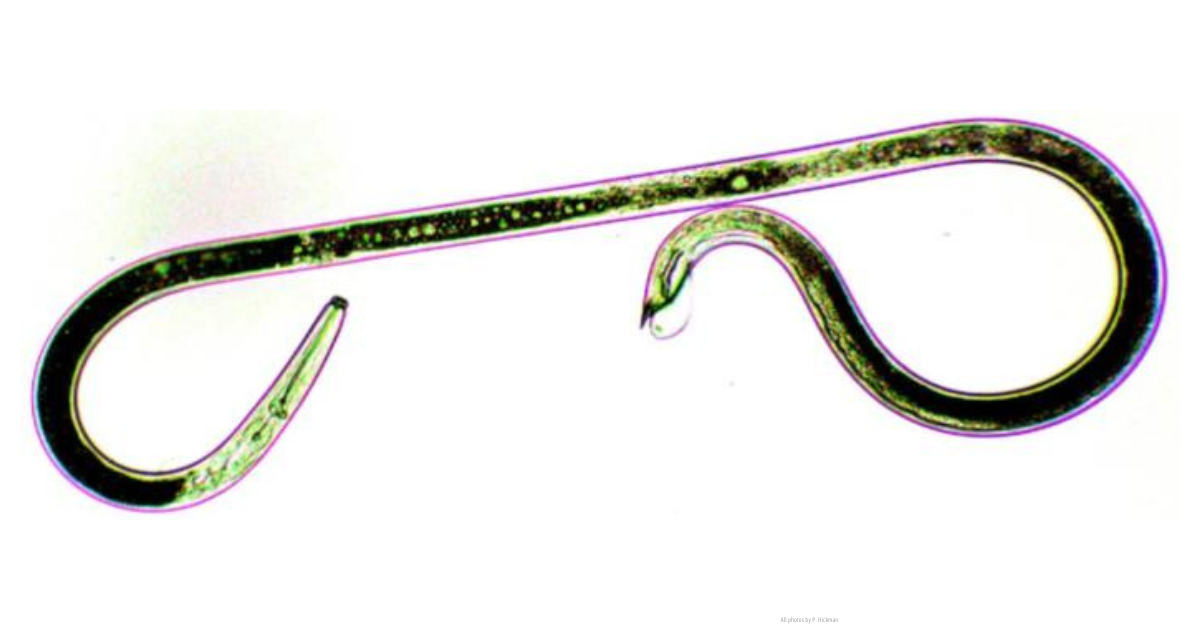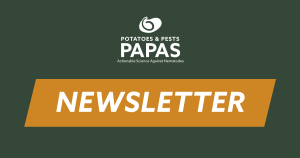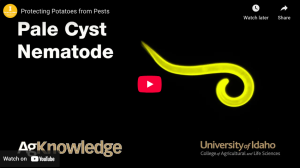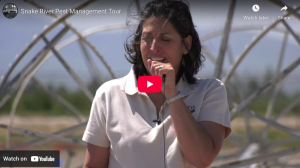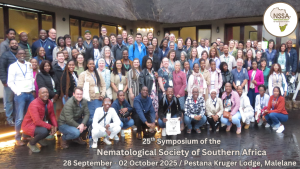Plant-Parasitic Nematode Characteristics
Nematodes are the most abundant multicellular organisms on earth. They feed on fungi, bacteria, plants, and animals. Plant-parasitic nematodes (PPNs) make up about 10% of all nematode species.
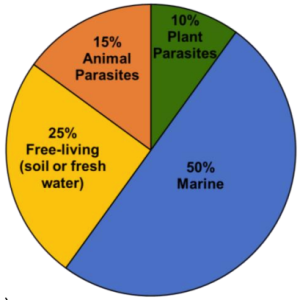
Nematodes are unsegmented roundworms. Most PPNs are microscopic. They can range 250 µm to 12 mm in length.
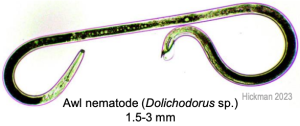
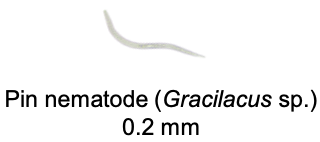
Plant-parasitic nematodes are diverse. Most PPNs feed on the roots but there are also foliar nematodes that can feed on leaves, stems, and buds. Root-feeding PPNs can be ectoparasites that feed from outside the root or endoparasites that enter the root tissue to feed.
Most PPNs are vermiform or wormlike and transparent. Exceptions to this are adult female cyst nematodes and root-knot nematodes.
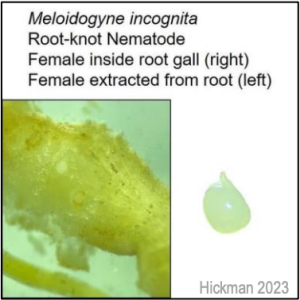
All plant-parasitic nematodes have a stylet, but not all nematodes that have a stylet are plant-parasitic. Some fungal-feeders and insect-feeders have stylets as well. A nematode’s stylet is protractible, typically hollow, and needle-like. It is used to pierce plant cells and extract nutrients. There are three different types of PPN stylets. Stomatostylet is the most common.
Plant-parasitic nematode heads depicting the different stylet types:
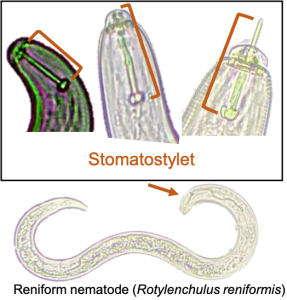
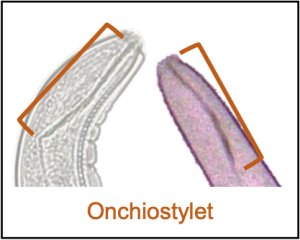
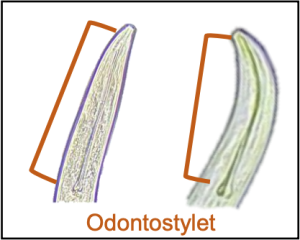
Nematodes require moisture to move through the soil. PPN infestations are worse in sandy loam soils where there is more water-filled space between soil particles for them to move.
All photos by Paige Hickman

